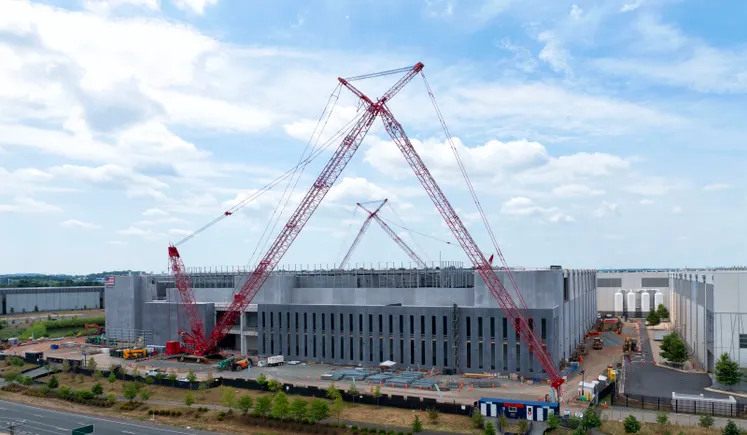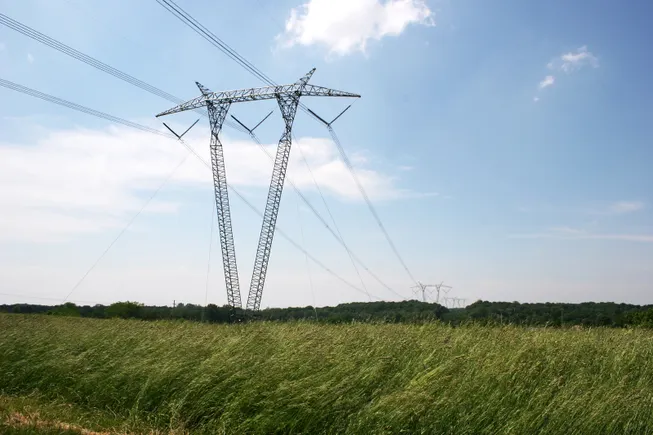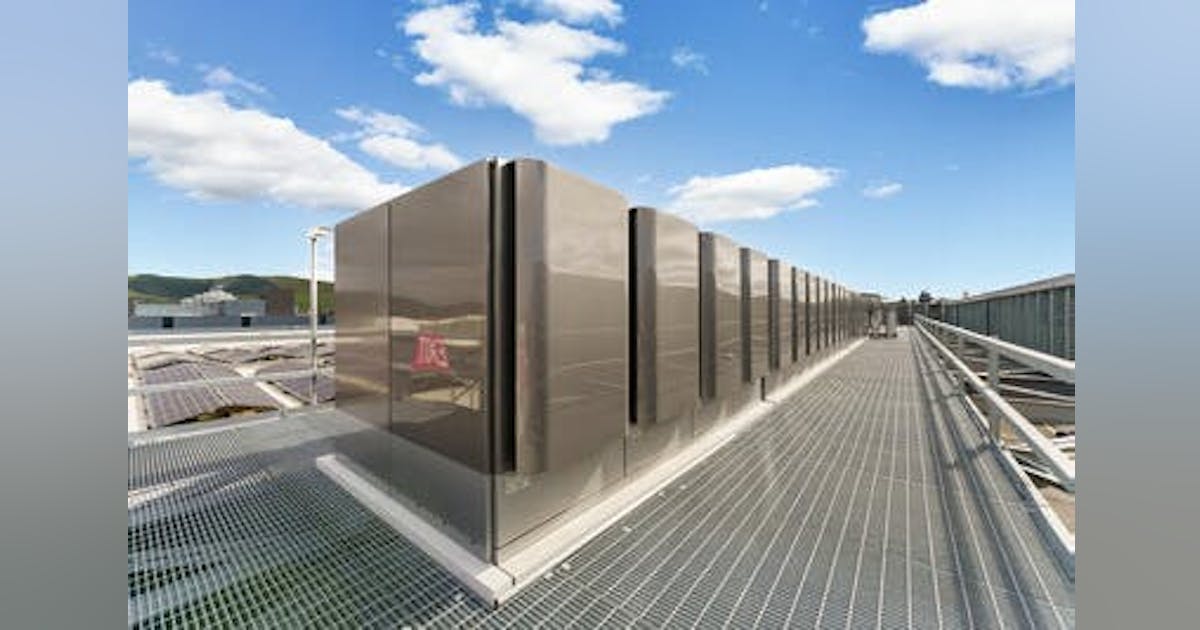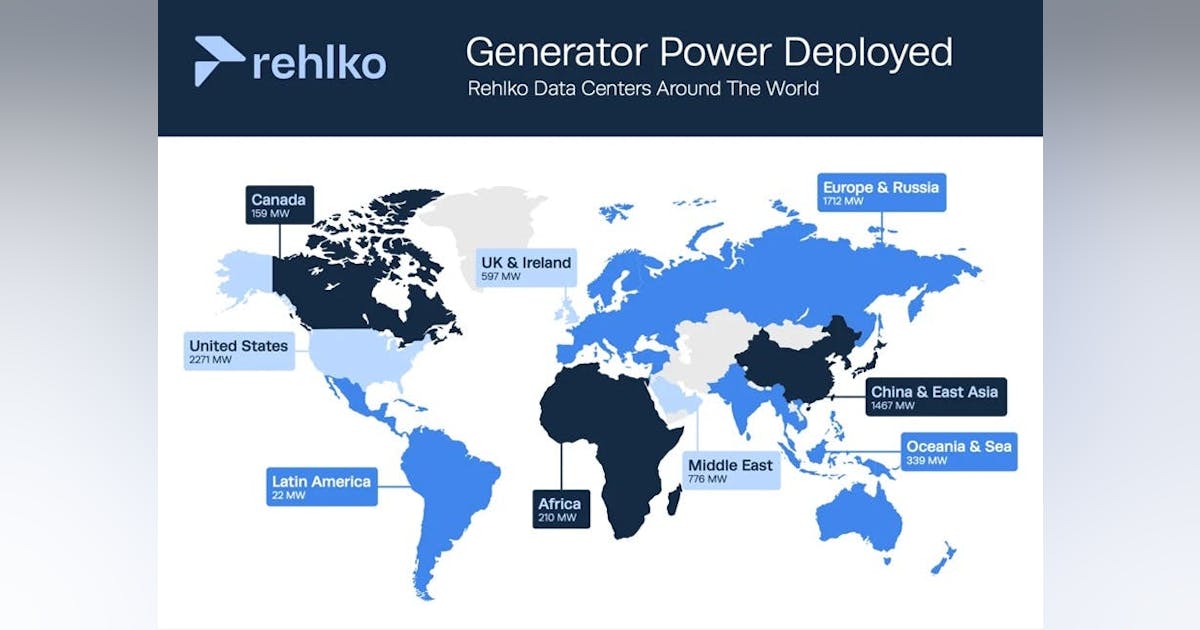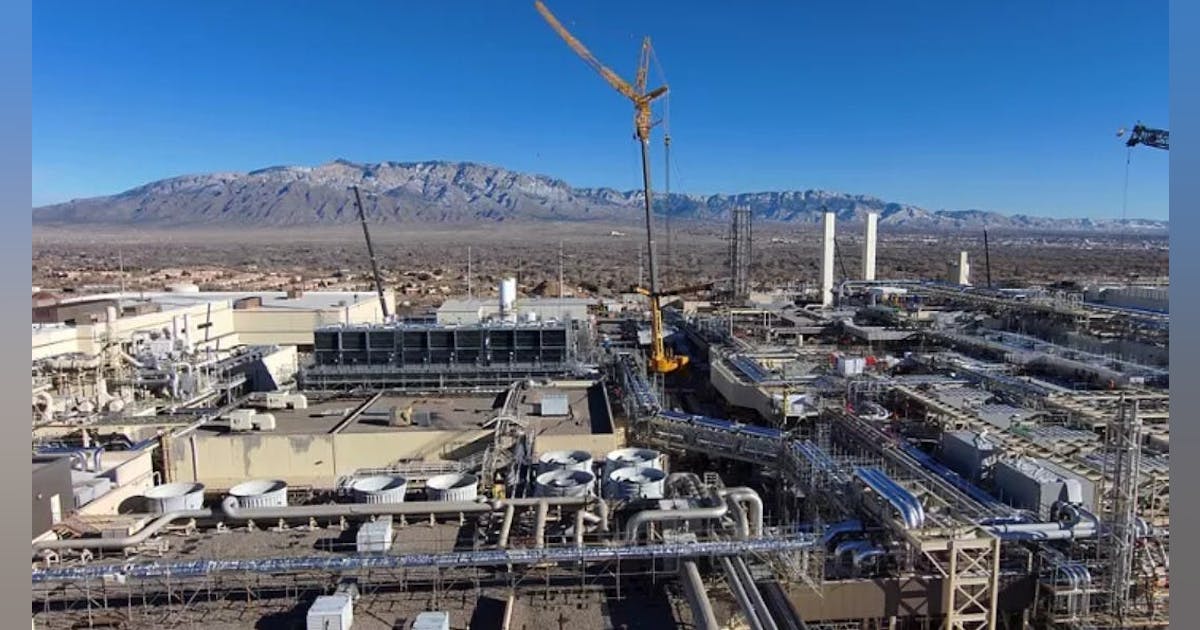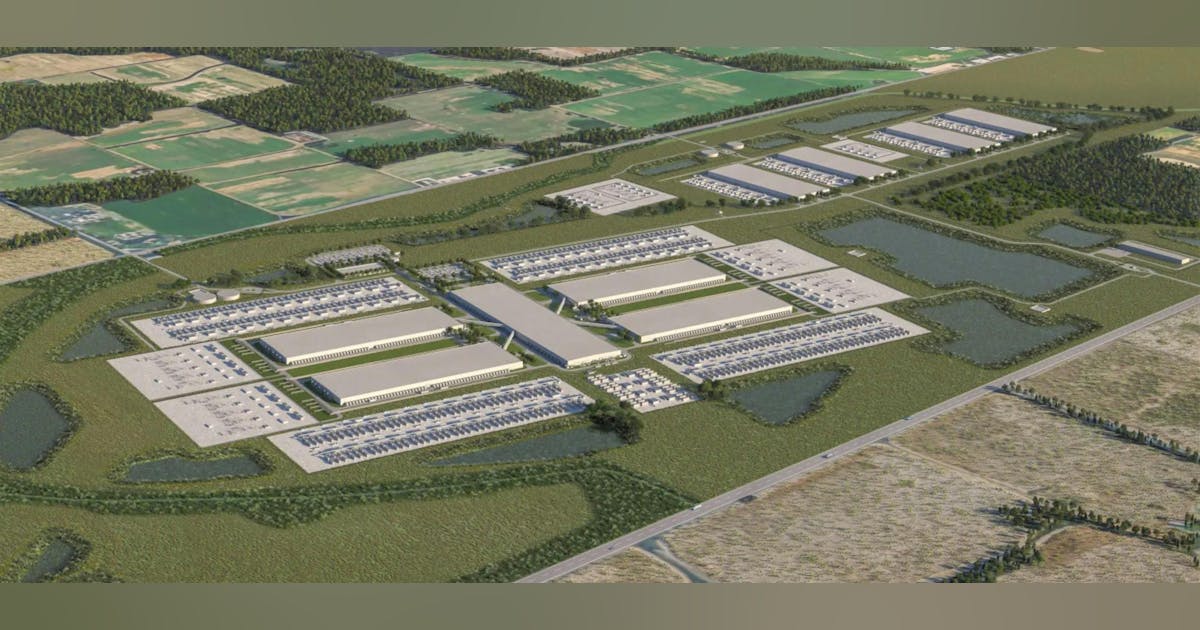
The United States Department of Energy (DOE) has conditionally selected three more local companies for access to high-assay low-enriched uranium (HALEU) under a program supporting the development of advanced nuclear reactors.
The new selections for the HALEU Availability Program, established 2020, were Antares Nuclear Inc., Standard Nuclear Inc. and a partnership between Abilene Christian University and Natura Resources LLC.
Antares and Natura have already been selected for the DOE’s separate Reactor Pilot Program, a new pathway for testing advanced nuclear reactors outside of national laboratories using the federal authorization process.
Standard has also been conditionally selected earlier for the Fuel Line Pilot Program, which supports the Reactor Pilot Program. The fuel program seeks U.S. companies to build and operate production facilities outside of national labs under the DOE authorization process.
Antares was selected for the HALEU supply program for an advanced microreactor design that aims to reach “criticality” by July 2026, according to a DOE statement.
Standard Nuclear would use HALEU to support the establishment of TRISO (tristructural isotropic particle) fuel lines for the Reactor Pilot Program and other TRISO-fueled reactors.
Natura was selected for a new molten salt research reactor under construction in Texas.
“As a next step, DOE will initiate the contracting process to allocate the material to the three companies, some of which could receive their HALEU later this year”, the statement said. “The allocation process is ongoing, and DOE plans to continue HALEU allocations to additional companies in the future”.
“HALEU is not currently available from domestic suppliers and many advanced reactors need the material to achieve smaller designs, longer operating cycles, and increased efficiencies over current technologies”, it said. “To help fill this gap, DOE created a process for nuclear developers to request HALEU material from DOE sources, including material from the National Nuclear Security Administration”.
Energy Secretary Chris Wright said, “We’re reducing our dependence on foreign-sourced minerals while giving the private sector the boost it needs to succeed”.
Antares and Natura were among 11 inaugural selections for the Reactor Pilot Program, which aims to bring at least three test reactors to criticality by July 2026.
The other selections were Aalo Atomics Inc., Atomic Alchemy Inc., Deep Fission Inc., Last Energy Inc., Oklo Inc., Radiant Industries Inc., Terrestrial Energy Inc. and Valar Atomics Inc.
“Today’s initial selections represent an important step toward streamlining nuclear reactor testing and unleash a new pathway toward fast-tracking commercial licensing activities”, DOE said August 12.
Earlier this year DOE conditionally selected five companies for the HALEU Availability Program: Kairos Power LLC, Radiant Industries Inc., TerraPower LLC, TRISO-X LLC and Westinghouse Electric Co. LLC.
“The allocated HALEU supports both Advanced Reactor Demonstration Program (ARDP) Pathway 1 award recipients, companies planning to demonstrate in the DOME test bed, along with some ARDP risk reduction awardees – reinforcing DOE’s commitment to our industry partnerships”, DOE said April 9.
To contact the author, email [email protected]
WHAT DO YOU THINK?
Generated by readers, the comments included herein do not reflect the views and opinions of Rigzone. All comments are subject to editorial review. Off-topic, inappropriate or insulting comments will be removed.
MORE FROM THIS AUTHOR







